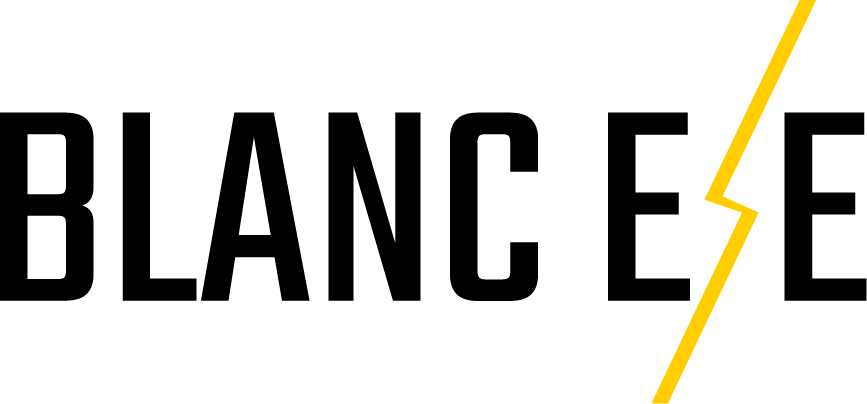Uneven ground, mixed pallet sizes, and tight spots slow outdoor handling. Without adjustable forks and side shift, time is wasted and safety risks increase.
On rough terrain forklifts, adjustable forks quickly match pallet widths, while side shift fine‑tunes placement without repositioning the truck. Together, they raise productivity, reduce damage, and improve safety across construction sites, farms, lumber yards, and other outdoor operations.
Let’s break down how these two functions create real gains in the field.
1. Why Adjustable Forks Matter More on Rough Terrain
Outdoor workloads rarely come standardized. Pallet sizes vary, bundles deform, and ground conditions change by the hour—making precise fork spacing crucial for first‑try pickups.
Adjustable forks allow spacing to be set from the seat, matching different pallets and loads in seconds. Less manual intervention means faster cycle times, fewer misalignments, and smoother lifts—key advantages for all terrain forklifts working in unpredictable environments.
In real jobsites, operators often face mixed widths: block pallets, crates, bagged materials, or bundled timber. With fixed forks, either time is lost re-spacing by hand or risky “edge” picks happen. Hydraulic fork positioners keep the truck moving: approach, align, press a lever, lift. The result is higher throughput and less operator fatigue across a full shift.
2. How Side Shift Delivers Precision on Slopes and in Tight Spots
Rough terrain rarely lets you park perfectly. Slopes, ruts, and obstacles limit how close a 4WD forklift can align with the load.
Side shift moves the entire carriage left or right, trimming the final few centimeters of alignment without re-approach. Fewer corrections mean faster placement, less tire scrubbing, and lower collision risk around racks, trucks, or temporary site fencing.
On graded yards or compact sites, re-approaching a load costs time and space. Each extra maneuver also adds tire wear and creates congestion around work zones. With side shift, operators correct alignment from the seat. This is especially valuable when placing pallets onto uneven scaffolds, into tight truck bodies, or alongside stacked materials where clearance is minimal.
3. Productivity and Safety—No Trade‑Off Required
Speed should not come at the expense of safety, especially on 4×4 forklifts operating in busy, uneven, and wind‑exposed areas.
Adjustable forks plus side shift reduce mis-picks, dropped loads, and accidental contact with obstacles. Precision alignment lowers product damage and helps maintain stable centers of gravity—essential for outdoor forklifts.
Missed entries and skewed picks can destabilize loads. By dialing in fork width and nudging alignment via side shift, operators keep tines centered and loads square. That lowers chances of tip‑offs, product damage, and mast impacts. Over time, fewer incidents translate to lower repair costs, less downtime, and safer teams—true ROI that finance and HSE both value.
4. Where the Combo Pays Off Most (Use Cases)
These functions shine wherever ground is unpredictable and load formats change hour by hour.
Construction sites, agricultural operations, lumber yards, and port backyards benefit from faster turns and fewer corrections. Outdoor forklifts gain flexibility comparable to warehouse trucks—without sacrificing 4WD capability.
On construction projects, pallets of block, rebar ties, and roofing materials vary in width and rigidity. On farms, fertilizer totes, feed, and crates won’t line up uniformly on soft soil. In lumber yards, bundles shift after strapping. Across these “outdoor forklifts” scenarios, adjustable forks and side shift keep work flowing despite ruts, slopes, and tight staging areas.
5. Spec’ing and Integration Tips for Your Fleet
Getting the most from these features requires the right setup across hydraulics, visibility, and attachment compatibility.
Confirm hydraulic circuits for fork positioning and side shift, check mast/carriage visibility, and match fork size to typical loads. Plan maintenance—keep slides and pivots clean and lubricated to retain smooth, precise motion.
Start with your duty cycle: load weights, pallet types, and terrain. Ensure sufficient auxiliary hydraulics for the attachment’s functions. Verify carriage rating and fork dimensions for your heaviest loads. Prioritize operator sightlines—outdoor hazards demand clear tips‑of‑fork visibility. For upkeep, a simple regimen of inspection, cleaning, and lubrication keeps slide blocks and cylinders performing reliably through mud, dust, and rain.
Watch the Video Demo
See adjustable forks with side shift on a rough terrain forklift in action:
Helpful Links
- Explore our Rough Terrain Forklifts (4WD/4×4): https://www.blanc-ele.com/products/rough-terrain-forklifts/
- Contact BLANC‑ELE for specs, lead times, and OEM branding: https://www.blanc-ele.com/contact/
Summary
On rough terrain forklifts, adjustable forks plus side shift deliver faster turns, cleaner placements, and safer handling—ideal for outdoor, all‑terrain operations with constantly changing loads.
